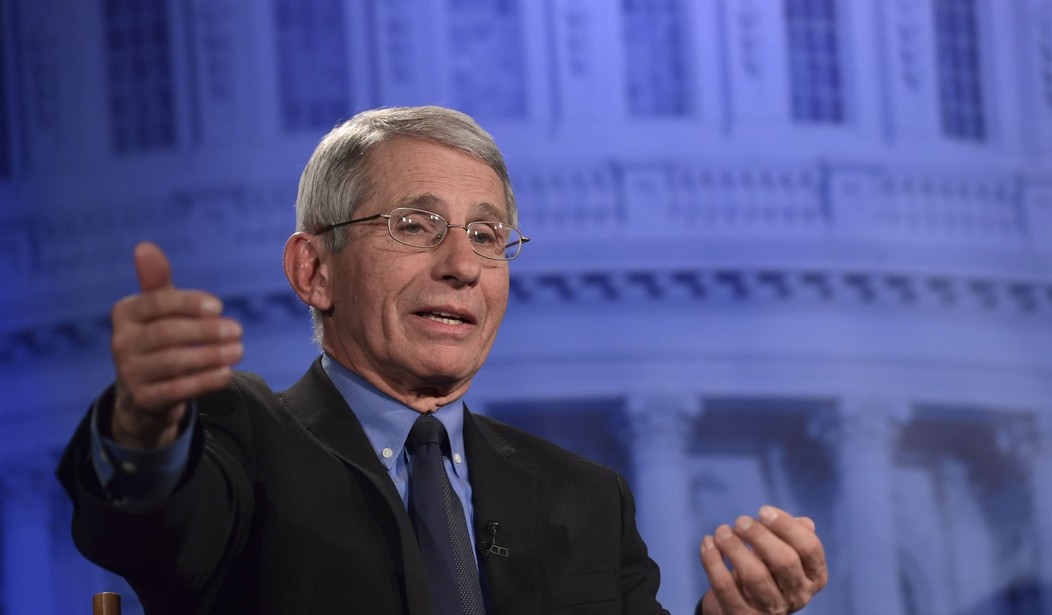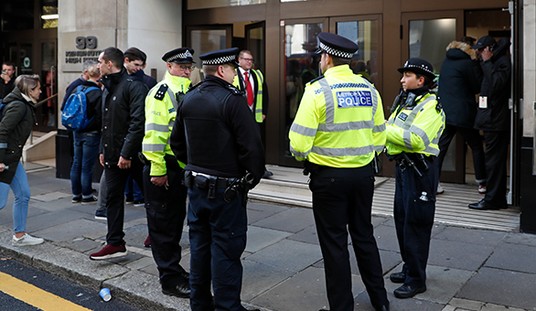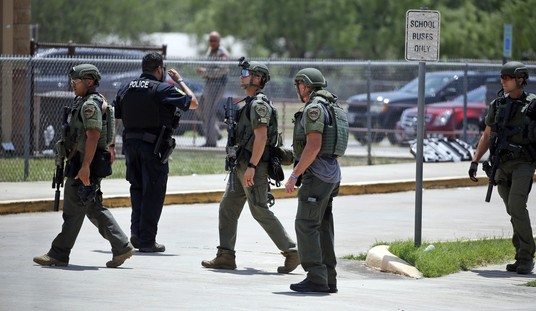A Canadian economist who teaches at Simon Fraser University recently surveyed 80 studies on the impact of COVID-19 lockdowns. He found that many of the studies tended to overestimate benefits and underestimate costs. In his abstract he writes, ” it is possible that lockdown will go down as one of the greatest peacetime policy failures in Canada’s history.”
Professor Douglas W. Allen finds that early studies of lockdowns tended to make the same four mistakes. First, they used models of infection that overestimated the number of cases and deaths, in particular he cites the Imperial College of London model:
Early in the pandemic the Neil Ferguson et al. (March 2020) model (known as the Imperial College of London (ICL) model), appeared to drive many lockdown decisions, and certainly was widely covered in the media…
…“In the (unlikely) absence of any control measures or spontaneous changes in individual behaviour … In total, in an unmitigated epidemic, we would predict approximately 510,000 deaths in GB and 2.2 million in the US, not accounting for the potential negative effects of health systems being overwhelmed on mortality.” (p. 7, 2020).
The authors also made a dramatic recommendation: “We therefore conclude that epidemic suppression is the only viable strategy at the current time. The social and economic effects of the measures which are needed to achieve this policy goal will be profound.” (Ferguson et al. p. 16, 2020).
In retrospect it is remarkable that such a conclusion was drawn. The authors recognized that the “social and economic effects” would be “profound,” and that the predictions were based on the “unlikely” behavioral assumption that there would be no change to individual reactions to a virus. However, given the large counterfactual
numbers, presumably they felt no reasonable cost could justify not locking down.
The second problem with the predictions of costs in some of the early studies (infections and deaths) is that they don’t include any factor allowing for individual behavior to mitigate the course of the pandemic. In other words, even when the number of infections become dire, they assume everyone will just go about their business as if nothing is happening. But if you add a behavioral adjustment factor to the models, the outcome is quite different. A recent paper that included such a factor found that the models became dramatically more accurate in estimating actual deaths. The author of that study wrote:
If new infections and daily deaths from the disease grow too high, people take costly efforts to avoid interaction and thus slow disease spread. Likewise, if the prevalence of the disease falls toward zero, then the demand for costly disease prevention efforts also falls towards zero, and so the disease will come back unless the population has already achieved herd immunity measured at pre-pandemic levels of behavior.
Simply put, people act to preserve their own lives based on perceived risk but many studies didn’t reflect that. This tends to make the cost higher than it would ever be in the real world.
Third, many of the studies tried to arrive at a cost of lost life from the pandemic by using something called the “Value of a Statistical Life” or VSL. The VSL is basically a dollar figure assigned to human life as a way to calculate costs and benefits. However the figure isn’t static but a curve which starts somewhere around $14 million for infants and gradually curves down over time to about $2 million for those 85 and older. But many of the studies used a constant figure for VSL which didn’t account for the fact that nearly all of the people dying from COVID were over 65.
In many Covid-19 cost/benefit studies, however, there is another more serious problem with how the VSL is used. Namely, it is often assumed that i) the VSL is
independent of age, and ii) that the VSL is equal to around $10,000,000. Both of these claims are not true…Assuming a VSL of $10,000,000 creates a strong bias in the conclusion of many early cost/benefit studies. Since those over age sixty make up a minority of the
population, but account for the vast majority of Covid-19 deaths, the use of a constant and large VSL leads to a vast over-estimate of the benefits of lockdown.
Finally, the fourth problem identified in many of the studies of lockdowns is that while the benefits in terms of preserved life were estimated using VSL (and often overestimated) the costs associated with lockdowns was often measured in terms of GDP alone.
It is very common, in cost/benefit studies to simply use lost GDP as the measure for the cost of lockdown. That is, the reduction in the value of goods and services
produced was attributed as the only cost of the lockdown. For example, Figure 4 shows Canada’s GDP up to November 2020. The estimated fall in GDP over the year is 5.1%, making it the worst year for economic growth since the great depression.If 100% of the fall in GDP (approximately $107 billion) is attributed to the lockdown (that is, the virus directly had no effect on production), then compared to the trillion dollar savings in lives [a calculation based on VSL], the costs of lockdown are at most 10% of the value of the lives saved, and lockdown seems like a reasonable policy.
This type of comparison, however, is entirely inappropriate. The VSL is based on the utility of life, and therefore, the costs of lockdown must also be based on the lost utility of lockdown. It has been understood from the very beginning of the pandemic that lockdown caused a broad range of costs through lost civil liberty, lost social contact, lost educational opportunities, lost medical preventions and procedures, increased domestic violence, increased anxiety and mental suffering, and increased deaths of despair. If the value of lockdown is measured in utility, then the costs of lockdown must be measured in the same fashion. Excluding the value of lost non-market goods (goods not measured by GDP) grossly under-estimates the cost of lockdown.
Hopefully that makes sense. You don’t judge the value of a life saved in GDP terms. Frankly, most of the lives lost were probably retirees who weren’t contributing much to GDP anyway. But obviously the life of a retiree still has tremendous value. But the same is true in terms of costs. The costs of being stuck at home, unable to see friends, unable to go to school, etc. All of those costs are real even if they don’t directly show up in terms of GDP lost. But many of the early studies the author surveyed didn’t consider those non-GDP related costs of lockdowns.
There’s a lot more to the paper including the author’s attempt to come up with his own estimate of the cost/benefit of lockdowns. He concludes the benefit of lockdown (in Canada) comes to 22,333 years of life saved. But the cost of lockdowns he estimates at 6,300,000 years of life lost, nearly 300 times higher. Here’s a bit of the paper’s conclusion:
A review of the Covid-19 lockdown cost/benefit literature shows that the early cases made for lockdown rested on several unrealistic assumptions. These assumptions included that the virus continues to spread exponentially until herd immunity is reached, that individuals never change behavior in light of a viral threat, and
that the value of lives lost is independent of age and around $10M.Over the course of the last year research has revealed that simple SIRS models fail to predict the progression of the virus, that individual reactions to the virus
are important, and that the costs of blanket lockdowns are far reaching and large. Lockdowns have some effect on cases, transmissions, and deaths, but these effects
are marginal. As a result, lockdowns fail to pass a cost/benefit test.
It’s safe to assume this isn’t the last word on lockdowns but this survey of 80 studies certainly makes a strong case that we’ve vastly overestimated the benefits and underestimated the costs. It’ll be interesting to see how other economists react to Allen’s conclusions.








Join the conversation as a VIP Member